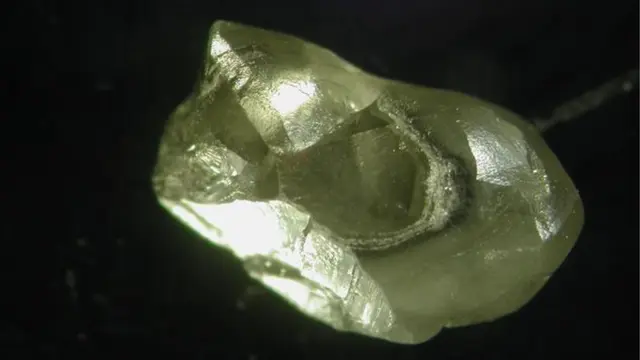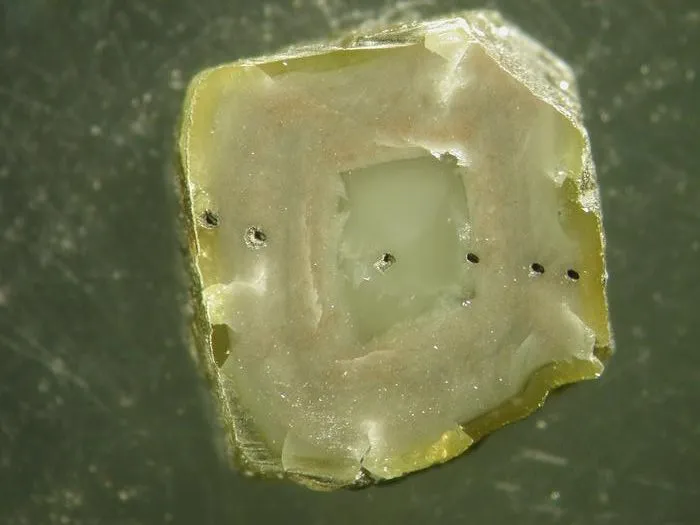
Two extraordinary diamonds from South Africa have provided scientists with a rare glimpse into the hidden chemistry of Earth’s mantle—nearly 300 kilometres beneath the surface.
A research team from the Hebrew University of Jerusalem has identified the first direct evidence of nickel-iron metallic alloys and nickel-rich carbonates at these extreme depths. The discovery was made by examining tiny inclusions preserved inside diamonds from the Voorspoed mine in South Africa.
Diamonds as Nature’s Record Keepers
While diamonds are prized for their beauty, their true scientific value often lies in what they conceal. Inclusions—whether microscopic minerals or metallic alloys—serve as natural records of deep-Earth processes that would otherwise remain invisible.
“These diamonds act as tiny time capsules, preserving a rare chemical reaction that would otherwise disappear,” explained lead researcher Yaakov Weiss.
The inclusions confirm the diamonds’ origins in the deep upper mantle and shallow transition zone, at depths of 280–470 kilometres.

Unlocking Diamond Formation
The study revealed an unusual coexistence of nickel-iron alloy and nickel-rich carbonate within the same inclusions. Normally, these materials would react instantly and could not exist side by side. Their preservation points to a process known as a metasomatic redox-freezing reaction, in which oxidised, carbon-rich melts infiltrate metal-bearing mantle rock.
This finding strengthens the theory that diamonds can form from reactions between carbonates and reduced metals in the mantle—a mechanism first suggested by evidence at shallower depths.
It may also explain why some natural diamonds contain nickel atoms within their crystal structure, solving a mystery that has long puzzled geologists.
Insights into Volcanoes and Kimberlites
The implications extend beyond diamond formation. The reactions preserved within these inclusions suggest that the mantle becomes enriched with elements like carbon and potassium. This enrichment may be a critical step in generating kimberlite magmas—the volcanic eruptions that transport diamonds to the surface.
A Scientific Treasure
For the DCLA, this discovery highlights yet another dimension of diamond’s significance. Beyond their role as treasured gems, diamonds are windows into Earth’s inaccessible depths, preserving geological secrets for millions of years.
As Yaakov Weiss put it:
“Diamonds act as tiny time capsules, capturing a moment of mantle chemistry in action.”
